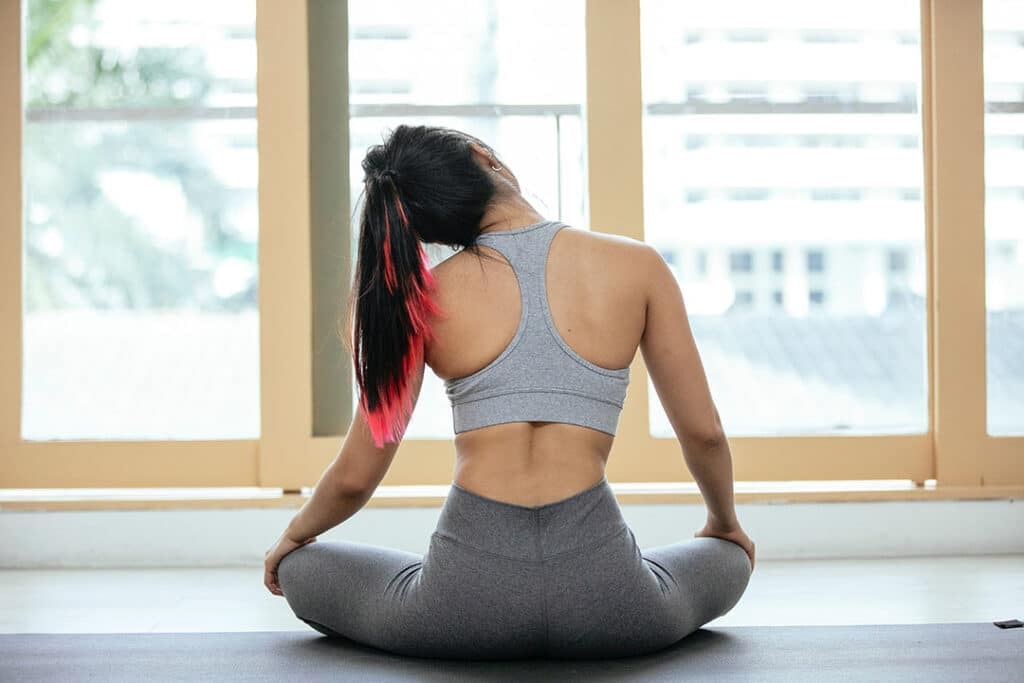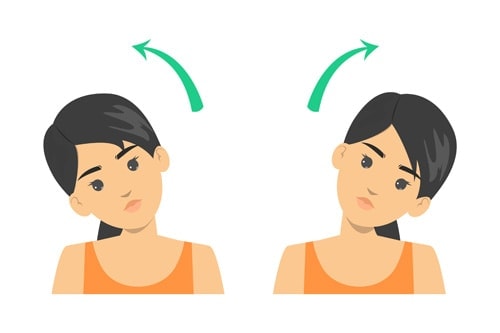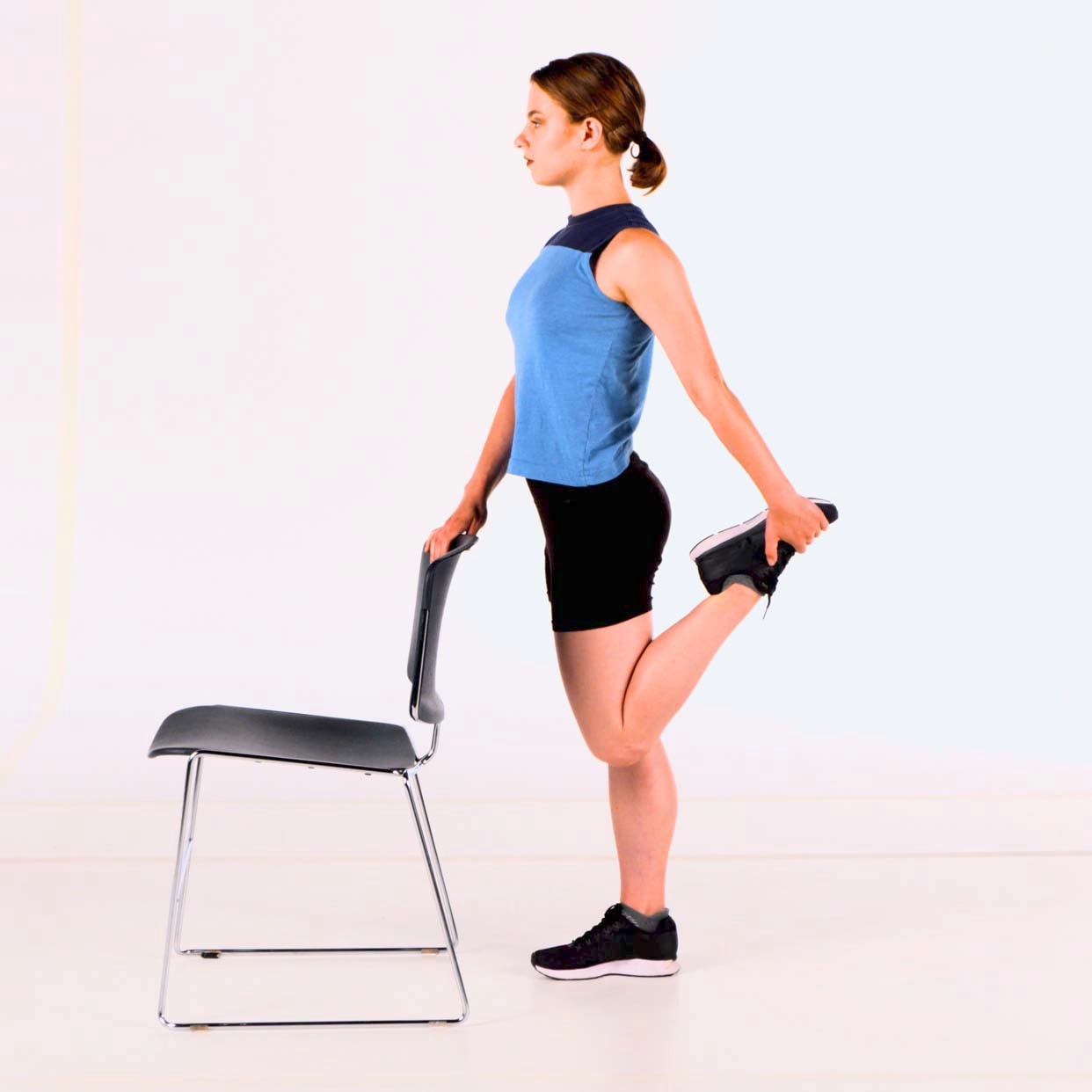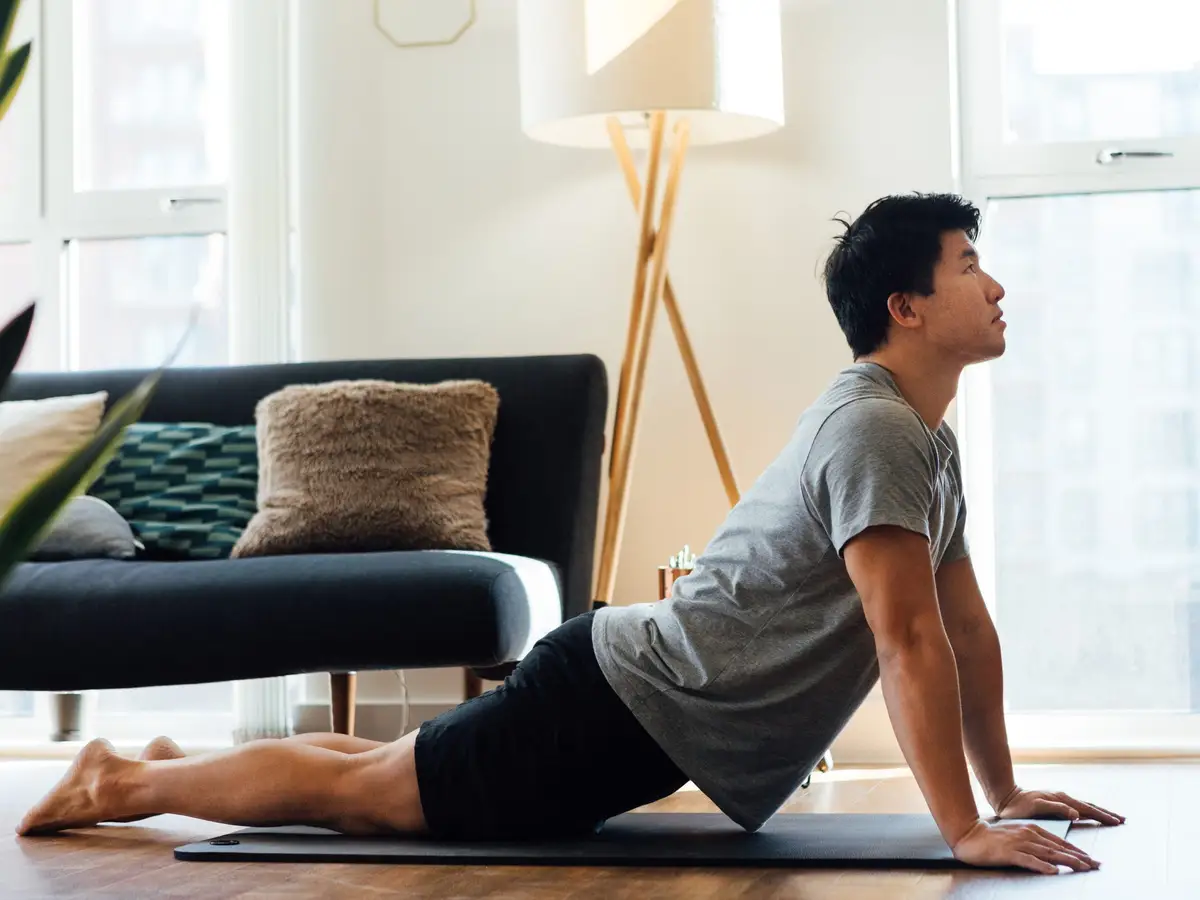Stretching routines to improve joint flexibility are essential for managing Osteoarthritis, offering a practical way to enhance mobility and reduce discomfort. This condition often limits movement and causes stiffness, but consistent stretching helps improve joint range and promotes better overall function. These routines are simple, effective, and can be customized to fit your lifestyle, making them an invaluable addition to your daily self-care.
Stretching also plays a crucial role in boosting circulation and reducing the risk of further joint damage. Whether seeking relief from morning stiffness or improving your long-term joint health, stretching offers a natural and empowering solution. This guide will provide easy-to-follow exercises designed to alleviate pain and enhance flexibility so you can take control of your osteoarthritis journey and enjoy a more active life.
Effective Stretching Routines to Enhance Joint Flexibility for Osteoarthritis Relief

Joint stiffness from Osteoarthritis can make daily tasks challenging. But there’s good news! Stretching can help ease discomfort and boost your flexibility. Regular stretching exercises can improve joint mobility and reduce pain for people with Osteoarthritis. Adding a daily stretching routine to your life doesn’t have to be hard. Simple moves, done gently and often, can make a big difference.
You’ll find that stretching helps your joints and can lift your mood and energy levels. Ready to get started? We’ll show you easy stretches for both your upper and lower body. These moves are safe and can be done at home. Remember to go slow and listen to your body as you begin stretching.
Key Takeaways
- Daily stretching can ease joint stiffness and pain from Osteoarthritis.
- Gentle, simple stretches done regularly can improve your flexibility.
- A mix of upper and lower body stretches helps your whole body feel better.
Understanding Osteoarthritis and Joint Flexibility
Joint health and flexibility play key roles in managing Osteoarthritis. Knowing about this condition and how movement affects your joints can help you take better care of your body.
What is Osteoarthritis?
Osteoarthritis is a common joint problem that affects millions of people. It happens when the protective cartilage in your joints wears down over time. This can cause pain, stiffness, and swelling in your joints. Osteoarthritis often affects the hands, knees, hips, and spine. As it gets worse, it can make daily tasks harder. You might have trouble walking, climbing stairs, or gripping objects. Risk factors for Osteoarthritis include:
- Age (more common in older adults).
- Joint injuries.
- Being overweight.
- Family history.
The Role of Flexibility in Joint Health
Keeping your joints flexible is crucial when you have Osteoarthritis. Flexible joints can move more easily and with less pain. Regular stretching helps maintain and improve this flexibility.
Stretching increases blood flow to your joints. This brings more oxygen and nutrients to the area. It also helps remove waste products that can cause inflammation. Here are some benefits of staying flexible:
- Less joint stiffness.
- Better range of motion.
- Reduced pain during movement.
- Improved posture and balance.
By doing gentle stretches every day, you can help keep your joints healthy and manage osteoarthritis symptoms. Remember to start slow and listen to your body to avoid injury.
Here’s an additional video about osteoporosis
By: Amgen
Benefits of Stretching for Osteoarthritis

Stretching routines to improve joint flexibility can help ease osteoarthritis symptoms and boost your quality of life. These routines can reduce pain, make moving more manageable, and help your joints work better.
Pain Reduction
Stretching helps lower pain from Osteoarthritis. When you stretch, your body makes chemicals that fight pain. These chemicals are called endorphins. They act like natural pain pills. Stretching also helps loosen tight muscles around your joints.
This can take pressure off sore spots. With less pressure, you may feel less pain. Regular stretching can make your joints less stiff. Less stiffness often means less pain when you move. You might find it easier to do daily tasks with less discomfort.
Improved Mobility
Stretching can help you move more freely. It makes your muscles and joints more flexible. This can make it easier to bend, reach, and twist. When you stretch often, you might find it simpler to:
- Get out of bed.
- Climb stairs.
- Reach for items on high shelves.
- Tie your shoes.
Better mobility can help you stay active. You can do more things you enjoy. This can boost your mood and overall health.
Enhanced Joint Function
Stretching can help your joints work better. It increases the flow of synovial fluid in your joints. This fluid acts like oil for your joints. It helps them move smoothly. Regular stretching can:
- Keep your cartilage healthy.
- Improve your balance.
- Make your joints more stable.
These benefits can help prevent falls. They may also slow down joint damage from Osteoarthritis. You might find it easier to do daily tasks like cooking or gardening. Stretching can also make your muscles stronger. Stronger muscles give your joints more support. This can help your joints last longer and work better.
Essential Elements of Daily Stretching
A good stretching routine has key parts that help you get the most out of it. These stretching routines work together to make your joints more flexible and your body feel better.
Consistency
Stretching every day is important. Set a time that works for you and stick to it. You might stretch in the morning when you wake up or at night before bed. Pick a time that fits your schedule.
Make stretching a habit, like brushing your teeth. Try to fit in a few minutes of stretching even on busy days. It’s better to do a little bit every day than a lot once in a while.
Keep track of your progress. You can use a calendar or an app on your phone. Mark the days you stretch. This can help you stay motivated.
Technique
How you stretch matters just as much as doing it often. Start each stretch slowly and gently. Don’t bounce or jerk your body. Hold each stretch for about 30 seconds. Breathe deeply and evenly while you stretch. This helps your muscles relax.
Focus on the muscle you’re stretching and try to relax it more with each breath. Don’t push too hard. You should feel a slight pull but not pain. If it hurts, ease off a bit. Listen to your body, and don’t overdo it.
Warm-Up
Always warm up before you stretch. This gets your blood flowing and makes your muscles more flexible. A warm-up can be as simple as walking in place for a few minutes. You can also do some light arm circles or leg swings. The goal is to get your body moving, and your heart rate up slightly. A warm-up helps prevent injury when you stretch. It makes your stretches more effective, too. Your muscles will be ready to work so you can stretch them safely.
Amazingly Enough:
Adding stretching to your routine can boost flexibility and ease joint pain. Small changes to your habits can make a big difference for your body. Take short stretch breaks every hour at your desk. Stand up and do gentle neck rolls or shoulder shrugs. Try ankle circles while sitting.
Stretching Routines: Stretching Safety and Precautions

Staying safe while stretching is key to improving your flexibility without injury. Knowing your body’s limits and telling the difference between normal discomfort and harmful pain is important.
Understanding Your Limits
Start slow, and don’t push too hard. Gentle stretches help warm up your muscles and joints. Listen to your body and stop if you feel pain. Take breaks between stretches. This gives your body time to adjust. Breathe deeply and relax into each stretch.
Don’t bounce or jerk when stretching. Smooth, steady movements are best. Hold each stretch for about 30 seconds. Ask your doctor or physical therapist about safe stretches for you. They can suggest moves that work for your body and condition.
Recognizing Pain vs. Discomfort
Some mild discomfort is normal when stretching. You might feel a pulling sensation in your muscles. This should ease up as you hold the stretch. Stop if you feel sharp or intense pain. This could mean you need to be stretching too far or in the wrong way. Pain in your joints is a sign to stop right away. Watch out for signs of overdoing it. These include:
- Soreness that lasts more than a day.
- Swelling in your joints.
- Trouble moving normally after stretching.
If you notice these signs, take a break from stretching. Talk to your doctor if the problems don’t go away.
Designing Your Stretching Routine
A good stretching routine can help improve your joint flexibility and ease osteoarthritis symptoms. Let’s look at how to create stretching routines that work for you.
Daily Stretching Goals
Set clear goals for your daily stretches. Aim to stretch for 10-15 minutes each day. Focus on the joints that bother you most. Start with gentle movements and slowly increase your range of motion.
Try to stretch at the same time each day. This helps form a habit. Morning stretches can ease stiffness, while evening stretches may help you relax before bed. Remember to breathe deeply and stay relaxed while stretching. Don’t push too hard – a mild stretch feeling is enough.
Sample Stretching Exercises
Here are some simple stretches to try:
- Shoulder Rolls: Sit up straight and roll your shoulders forward 5 times, then backward 5 times.
- Neck Tilts: Gently tilt your head to one side, hold for 10 seconds, then switch sides.
- Knee Hugs: Lie on your back and hug one knee to your chest for 15 seconds. Switch legs.
- Ankle Circles: Sit in a chair and lift one foot. Make small circles with your ankle 10 times each way.
Always move slowly and stop if you feel pain. Hold each stretch for 10-30 seconds.
Tailoring Stretches to Your Needs
Your stretching routine should fit your specific needs. Think about which joints bother you most and focus on those areas. If you have hip osteoarthritis, do more leg and hip stretches. For hand osteoarthritis, try finger and wrist exercises.
Talk to your doctor or a physical therapist about safe stretches for your condition. They can suggest moves that work best for you. Start with easier stretches and slowly add more as you get stronger. Adjust your routine as needed. If a stretch hurts, try a gentler version or skip it. Listen to your body, and don’t overdo it.
Did You Hear?
Tracking your stretching routine helps you stay on track and see improvements over time. Regular check-ins allow you to adjust your routine and celebrate your successes.
Upper Body Stretching Exercises

Stretching routines for your upper body can help improve flexibility and ease joint pain. These routines focus on the shoulders, neck, arms, and wrists.
Shoulder and Neck Stretches
Start with a simple neck roll. Gently tilt your head to one side, then slowly roll it forward and to the other side. Do this 5-10 times in each direction. Next, try shoulder shrugs. Lift your shoulders towards your ears, hold for 5 seconds, then relax. Repeat 10 times.
For a deeper stretch, clasp your hands behind your back. Slowly lift your arms up and away from your body. Hold for 15-30 seconds, then release. Finish with a cross-body shoulder stretch. Bring your right arm across your chest. Use your left hand to pull the right arm closer to your body gently. Hold for 30 seconds, then switch sides.
Arm and Wrist Stretches
Start with a simple tricep stretch. Raise one arm overhead, bend at the elbow, and place your hand behind your neck. Use your other hand to pull the elbow back gently. Hold for 30 seconds on each side. Extend one arm out in front of you for your forearms with your palm facing down. Use your other hand to pull your fingers back towards your body gently.
Hold for 15-30 seconds, then switch hands. To stretch your wrists, extend one arm out with your palm facing down. Use your other hand to bend your wrist downward gently. Hold for 15 seconds, then bend it upward and hold again. Repeat on the other side.
Lower Body Stretching Exercises

Stretching Routines for your lower body can help with joint pain and stiffness. These exercises focus on your hips, thighs, legs, and ankles to boost flexibility and ease movement.
Hip and Thigh Stretches
Start with a simple hip flexor stretch. Stand up straight and step one foot forward. Bend your front knee and lower your body until you feel a stretch in the front of your back hip. Hold for 30 seconds, then switch sides.
Next, try a seated butterfly stretch for your inner thighs. Sit on the floor with the soles of your feet together. Gently press your knees down towards the floor. You should feel a stretch in your groin area.
For your hamstrings, sit on the floor with one leg straight out. Reach for your toes, keeping your back straight. Hold for 30 seconds, then switch legs.
Leg and Ankle Stretches
Start with a calf stretch. Stand facing a wall with one foot behind you. Keep your back leg straight and lean forward, pressing your hands against the wall. You’ll feel a stretch in your calf muscle. Sit in a chair and lift one foot off the ground for your ankles. Rotate your ankle in circles, first clockwise, then counterclockwise. Do this 10 times in each direction.
Try a standing quadriceps stretch next. Hold onto a chair for balance. Bend one knee, bringing your heel towards your bottom. Grab your foot with your hand and gently pull. You should feel a stretch in the front of your thigh. Remember to breathe deeply and move slowly during these stretches. If you feel pain, stop and talk to your doctor.
Advanced Stretching Techniques

Stretching Routines can be more than just basic moves. Special methods within these routines can help you get even more flexible. These techniques can greatly affect how your joints feel and move.
Static vs. Dynamic Stretching
Static stretching means holding a stretch for a set time. You might hold a hamstring stretch for 30 seconds. This type is good for cooling down after exercise. Dynamic stretching involves moving parts of your body. You might swing your arms in circles or do leg swings. It’s great for warming up before activities.
Both types can help with joint flexibility. Static stretches can improve your range of motion over time. Dynamic stretches can prepare your body for movement. Try adding both to your routine. Start with dynamic stretches before exercise. End with static stretches to cool down.
Proprioceptive Neuromuscular Facilitation
PNF stretching is a fancy name for a powerful technique. It uses your muscles to get a deeper stretch. Here’s how it works:
- Stretch a muscle.
- Push against the stretch.
- Relax and stretch again.
This method can boost your flexibility. It’s often used by athletes and in physical therapy. PNF can be done alone or with a partner. For example, to stretch your hamstrings:
- Lie on your back and lift one leg.
- Push your leg against your hand for 5-10 seconds.
- Relax and gently pull your leg closer.
Always be gentle, and don’t push too hard. PNF can be very effective, but it’s important to do it safely. If you’re dealing with ongoing joint pain or stiffness, it’s time to see a physical therapist. They can assess your condition and create a tailored plan for you. Physical therapists have special training in joint health and movement.
Here’s an additional video about stretching routines.
By: Carol Michaels Fitness
Enhancing Joint Health Through Daily Stretching
Incorporating stretching routines into your daily routine is an effective and empowering way to manage Osteoarthritis and improve joint flexibility. By practicing simple, consistent stretches, individuals can alleviate stiffness, reduce pain, and enhance mobility. Stretching also promotes blood flow to the joints, helping to keep them lubricated and healthy while minimizing further damage. Whether focusing on the upper or lower body, stretching can significantly improve joint function, making everyday tasks easier and more enjoyable.
Regular stretching helps with flexibility and contributes to overall well-being by improving posture, balance, and muscle strength. By understanding your limits, following proper techniques, and gradually increasing the intensity of stretches, you can safely enhance joint flexibility and manage osteoarthritis symptoms. Dedication and consistency make stretching an invaluable tool in maintaining joint health and supporting an active lifestyle.
Frequently Asked Questions
Many people with Osteoarthritis wonder about the best ways to stretch and improve joint flexibility. These questions cover key points about daily stretching routines, timing, and safety for Osteoarthritis patients.
What Are the Best Daily Stretching Exercises for Managing Osteoarthritis Pain?
Gentle range-of-motion exercises are great for osteoarthritis pain. Try ankle circles, knee bends, and shoulder rolls. Hamstring stretches and calf stretches can also help. Start slowly and build up over time. Listen to your body and stop if you feel pain.
How Long Should I Stretch Each Day to Help Improve Joint Flexibility?
Aim for 10-15 minutes of stretching daily. You can break this up into shorter sessions if needed. Quality matters more than quantity. Focus on doing each stretch correctly rather than rushing through them.
Are There Any Specific Stretches I Should Avoid if I Have Osteoarthritis?
Avoid bouncing or jerky movements. Skip deep squats or lunges if you have knee osteoarthritis. For hip osteoarthritis, be careful with stretches that rotate your leg outward. Don’t force your fingers into painful positions if you have hand osteoarthritis.
Transform Your Fitness Journey After 55!
Welcome to Fit After 55, where we help you lead a dynamic and active lifestyle. Whether you’re a beginner or an experienced fitness lover, we offer useful tips for setting realistic goals and monitoring your progress. Start your transformation today by visiting our website and joining our community on Facebook!

